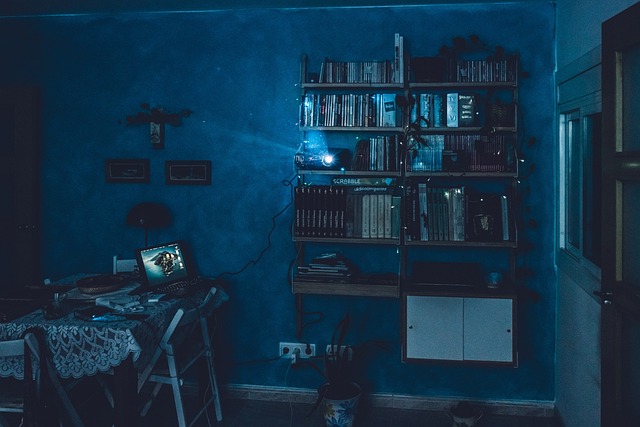DivX, a versatile video compression format, enables smooth high-quality video playback on TVs while optimizing file sizes. Compatible with diverse devices, it ensures buffer-free viewing and enhances storage efficiency. To "Play DivX on TV", optimize files with suitable bitrate and resolution, then connect your device via HDMI, enable DivX support in your TV settings, and configure video settings to match the original source for optimal experience.
Unleash your media library’s full potential with DivX—a versatile file format that empowers diverse playback options on your TV. This article explores how DivX’s flexibility enhances your viewing experience, offering benefits tailored for television. From understanding the format’s intricacies to optimizing files and setting up your TV, we guide you through each step. Discover how to seamlessly play DivX content on your screen, unlocking a world of vibrant entertainment.
Understanding DivX and Its Flexibility

DivX, a popular video compression format, offers unparalleled flexibility for diverse playback options. Its core strength lies in balancing video quality and file size, enabling users to play DivX on TV seamlessly. This format supports a wide range of codecs, ensuring compatibility across various devices and platforms.
The versatility of DivX allows for easy conversion and playback of high-definition videos, making it an ideal choice for streaming content directly to your television. Whether you’re a movie enthusiast or a content creator, DivX provides the freedom to enjoy your favorite media in top-notch quality without sacrificing storage space.
Benefits of Using DivX for TV Playback

Using DivX for TV playback offers numerous benefits, making it a preferred choice among users seeking seamless and high-quality video experiences. One of its key strengths is compatibility; DivX files can be played on a wide range of devices and platforms, including modern smart TVs, streaming sticks, and media players. This versatility ensures that you can enjoy your favourite videos without worrying about format restrictions.
Additionally, DivX provides excellent compression rates, resulting in smaller file sizes while retaining superior video quality. This is particularly advantageous when storing or streaming content over the internet, as it reduces buffering times and allows for easier playback on devices with limited storage capacity. The format’s efficiency also translates to faster loading times and smoother transitions during playback, enhancing overall TV viewing experience.
How to Convert and Optimize Files for TV

To enjoy your media content on a television, it’s crucial to convert and optimize your files for playback on this larger, higher-resolution screen. Start by choosing a suitable file format that balances quality and compatibility with TV devices. DivX is an excellent option known for its ability to play smoothly on various TV platforms while maintaining efficient file sizes. Convert your videos to DivX using reliable software tools designed for video conversion.
During the optimization process, consider adjusting settings like bitrate and resolution to match your television’s capabilities. Lowering the resolution can help reduce file size without significantly impacting picture quality, especially if your TV supports higher native resolutions. Additionally, ensuring your video is in a format supported by your TV’s media player will prevent buffering issues and ensure a seamless viewing experience when Play DivX on TV.
Setting Up Your TV for Seamless DivX Playback

Setting up your TV for seamless DivX playback is simpler than you think. First, ensure your television supports the DivX format—many modern TVs do by default, but it’s always good to check. Once confirmed, connect your device playing the DivX media file (like a streaming stick or external hard drive) to your TV using an HDMI cable for optimal quality. From there, navigate your TV’s settings menu and locate the ‘Media Player’ or ‘Smart Hub’ option. Here, you should find options to select different playback formats, including DivX. Enable this feature, and your TV will now recognize and play DivX files without a hitch.
To get the best experience, configure your TV’s video settings to match the original source. This might involve selecting the appropriate resolution and aspect ratio for your content. Many modern TVs offer ‘Auto’ options that adjust settings based on the input, making this process effortless. With these simple steps, you’ll be enjoying your DivX media library on the big screen in no time, with crystal-clear playback and stunning visuals.
DivX’s flexibility in offering diverse file formats makes it an excellent choice for optimizing your TV viewing experience. By converting and setting up your TV correctly, you can enjoy seamless playback of high-quality videos, catering to various preferences. Embracing DivX technology allows for a richer media landscape, enabling folks to navigate and explore a symphony of content without restrictions. So, dive into the world of DivX and revolutionize how you play and watch videos on your TV.
